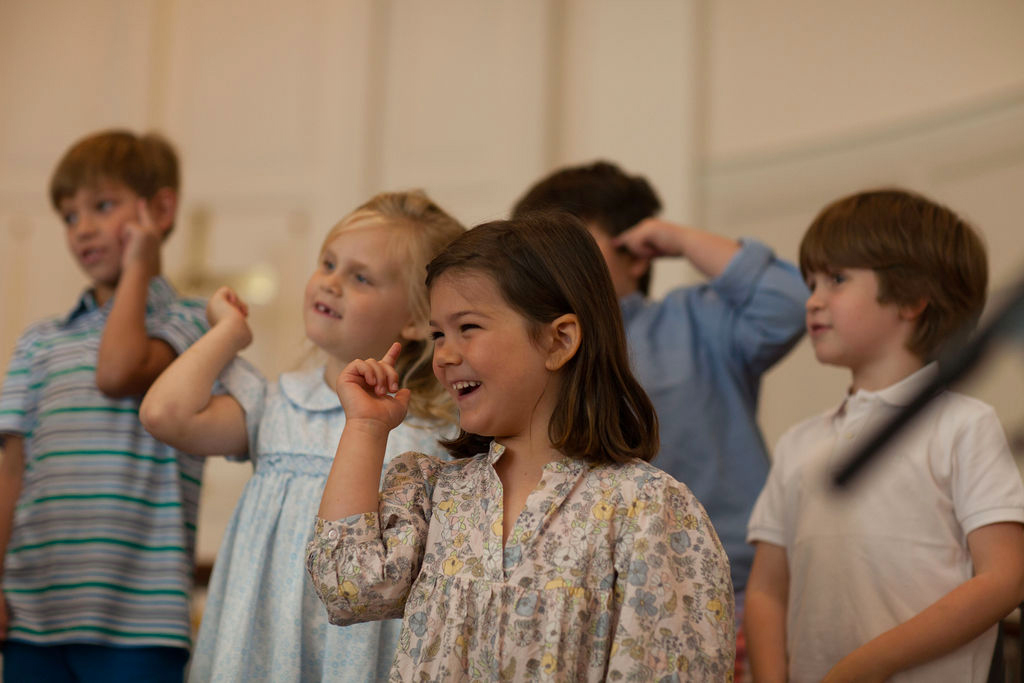Christ Church Preschool & Kindergarten
In This Section
Kindergarten Program
CCK’s Kindergarten program utilizes the Lippincott curriculum to instill phonics, language arts, reading readiness, and writing skills. The Kindergarten math curriculum uses a combination of several methods to teach the skills necessary for math success in elementary school. Kindergarten teachers utilize the Envision Math curriculum, along with hands-on work with manipulatives and direct instruction to teach math skills. Activities include Circle Time, independent work, center play, games and puzzles. Gross motor development continues each day through daily recess, and children participate in yoga once a month. The goal of our Kindergarten program is to prepare students for the next step in their educational career. CCK teaches a comprehensive curriculum and uses differentiated instruction to prepare students to advance to Kindergarten or First Grade in both the public and independent school systems. Classroom time is enhanced through a variety of field trips and speakers, as well as Special Area classes: Music, Christian Education, Learning Center, Science Lab, Chapel, My Gym and Creative Movement.
Teacher/Student Ratio 2:14

Developmental Goals for Kindergarten
To promote Christian values by encouraging sharing, confidence, independence, and kindness.
To surround children in a happy, loving and nurturing learning environment.
Typical Kindergarten Daily Schedule
- Arrival
- Morning Work
- Calendar/Math
- Literacy
- Bathroom Break
- Centers/Math
- Lunch
- Storytime/Reading
- Playground
- Dismissal